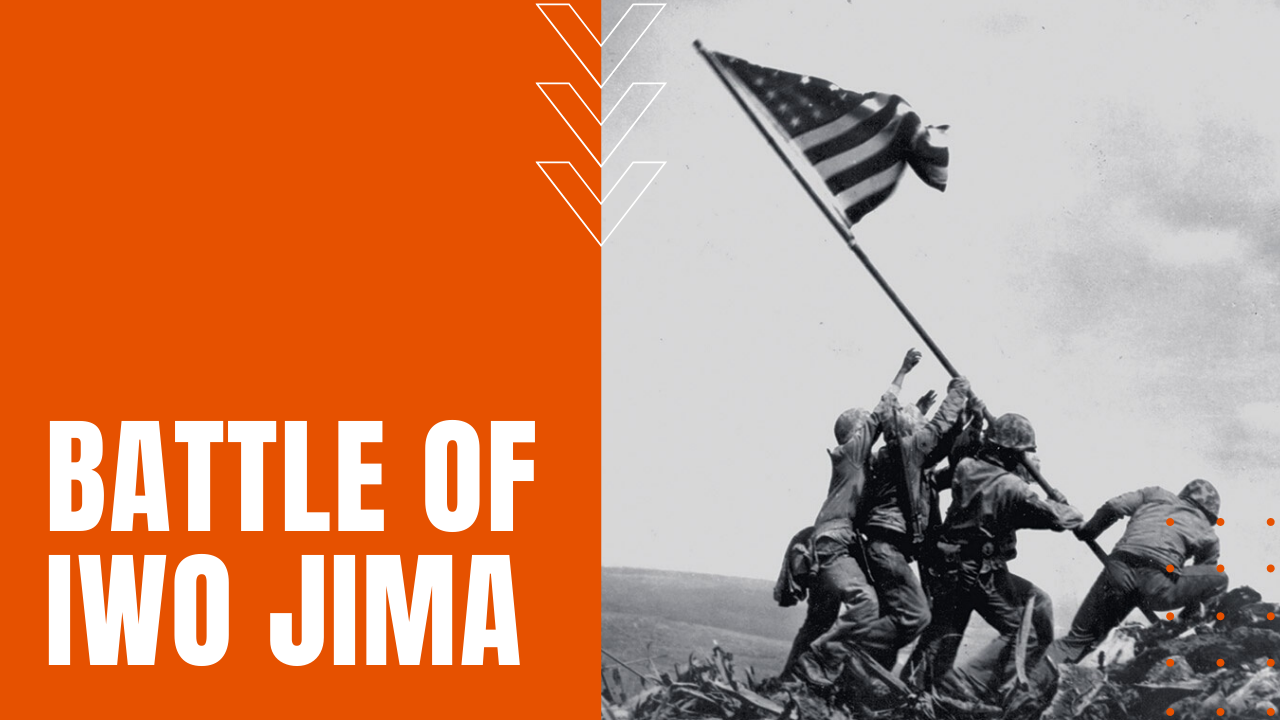Battle of Iwo Jima

A mere 750 miles from mainland Japan, Iwo Jima’s two Japanese airfields made the island a perfect staging point for the Allies’ potential invasion of the Empire of Japan. American military leaders felt that they could take the tiny South Pacific island in a matter of days, but in truth, the Japanese had secretly fortified the island with 21,000 troops and high-ground, camouflaged artillery positions, along with fortified jungle bunkers and 11 miles of tunnels bored into the mountainous, volcanic island.
What was the Battle of Iwo Jima?
Beginning with punishing aerial bombardment and naval artillery fire that went on for 72 days, the United States navy and air force did everything in their power to soften Japanese positions, before ground troops were sent in to secure the island.
Beginning of February 19th, 1945, the U.S. Marines conducted massive amphibious landings on Iwo Jima, where their encountered steep dunes of soft, volcanic ash, making footholds and vehicle passage treacherous at best. Playing along with the Allies’ belief that the Allies’ pre-landing bombardment had crushed Japanese defensive positions, commanding Japanese General Tadamichi Kuribayashi held fire until a significant number of Marines had established a beachhead, finally opening up against the Americans from high-ground artillery fortifications, but despite heavy American casualties, the Marines soon captured both airfields, which was the core mission set forth by Marine commander Holland “Howlin’ Mad” Smith.
Within days, some 70,000 Marines had landed on Iwo Jima, outnumbering Japanese forces by 3-to-1.
The next five weeks of fighting would become some of the bloodiest in World War Two, with an estimated 25,000 Allied casualties and nearly 7,000 deaths.
Associated Press Image of Iwo Jima
Four days into the fighting, the Marines captured Mount Suribachi on the island’s south side, famously raising an American flag at the summit, which was captured by AP photographer Joe Rosenthal, who later won a Pulitzer Prize for his iconic image.

While Japanese forces were all but wiped out over the five-week engagement, only 216 would be taken prisoner, some of whom were captured only after they were knocked unconscious or disabled at the time of their imprisonment.
After the Allies’ victory at Iwo Jima, neither the U.S. Navy or the U.S. Army ever used the island as a staging area, while the Air Force only used the rebuilt airfields for emergency landings, causing many post-war scholars to wonder, if the American’s sacrifices on Iwo Jima was worth the human toll.
